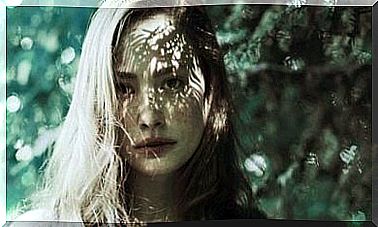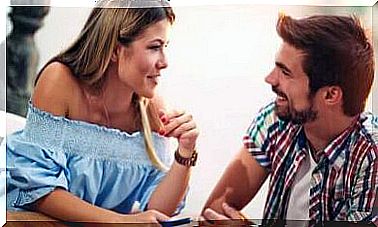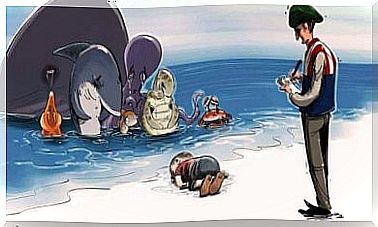Our Pets’ Eyes Speak A Unique Language
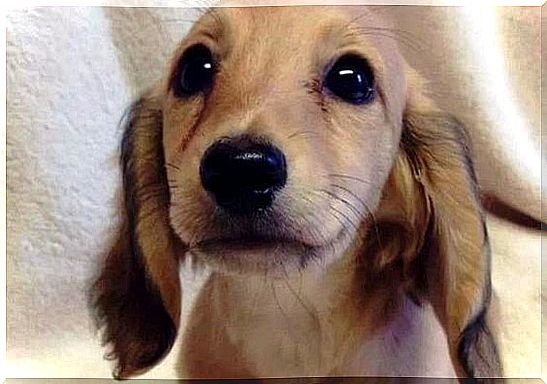
When I look at my dog, my cat – or any animal for that matter – I see him, or her, not so much as an (alien or domestic) ‘animal’, but rather as a conscious living being, like myself. I see a sentient, inspired friend, who knows from personal experience what affection, what fear is, and who deserves as much respect as any person, as our fellow human beings.
The power of eye contact goes much deeper than just our sight. As wonderful as it may sound, the optic nerves are closely linked and intertwined with the hypothalamus, the delicate and primitive brain structure that both regulates and integrates our emotions and memories. In other words: anyone who can see – whether it is a human or a coot – will also feel. At the very least: pain, pleasure (pleasure), and the four universal basic affects: happy, afraid, angry, sad.
If the eyes are the so-called gates to our souls, then — at least my intuition whispers — animals, like us, have one too. For they understand that wordless language in which a glance is enough; they communicate – with us, and with each other – without the intervention of alphabet or syllable. They instinctively know the lingua franca of the heart, the sympathy and empathy where your particular species makes no difference, and mutual respect reigns supreme – through our faces, through our pupils.
Almost all of us have experienced the following scenario: you go to an animal shelter, or a breeder, to pick out a – no, to pick out your – dog or cat. From one moment to the next – spontaneously, without premeditation – an intense bond, a special connection develops between you and one of the puppies (or adults) present: ‘ Yes, that’s him/her. .’ Without really realizing it, they make us fall in love and be irresistibly attracted to them. Scientists argue that – within this dynamic – something far more interesting, and far more fundamental, is going on.
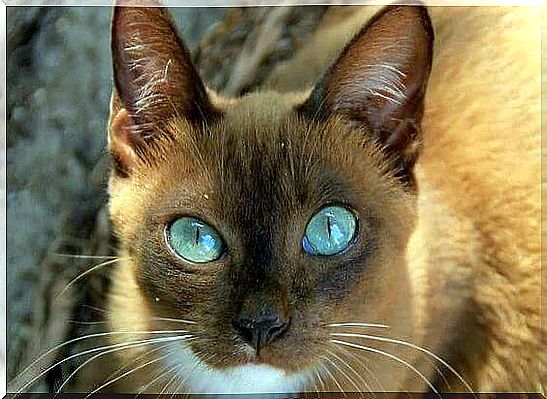
Animal eyes, an ancient connection
Two types of animals that have lived in intimate company with humans for decades are dogs and cats. Hardly anyone is astonished at how much wisdom they display over and over again in our dealings with each other. They look us straight in the eye, and know very subtly, very nuanced what they exactly need or desire : with a movement of their tail, their head, their eyelashes and glance, a head, an attitude , a telling “meow” or encouraging, perfectly timed bark and so on.
We have finely tuned our behavior and our gender-transcending “signing” language. And that is partly the result of countless generations, of millions of years of genetic evolution, in which certain species – thanks to their cooperation, or even through symbiotic relationships – mutually benefit. That is to say: both will benefit from it, stand stronger than alone, and than before. Not surprisingly, therefore, a study conducted by anthropologist Evan Maclean proved and revealed that dogs and cats are very adept at reading our emotions just by looking us in the eye.
Our pets are extremely knowledgeable when it comes to re-recognizing and recognizing emotions. For example, they are able to associate basic gesture patterns with a typical emotional experience of their owner , and are, almost always, right. The previously referenced study revealed something else: that humans develop a bond with their dogs and cats that is very similar to the parent-child relationship.
We raise them, take care of them, give them food and drink, change their baskets, take them to the doctor, etc. In almost everything we treat them as if they were just a full member of the family, or of the family, be. And this domestication, originally from ferocious wolf to four-legged friend, from wild to domestic cat, has proved – from a biological perspective – for both species (man and cat, man and dog) particularly successful and fruitful. For centuries by helping with the hunt, deterring burglars, fighting vermin (rats and mice), and nowadays also as a cherished companion animal.
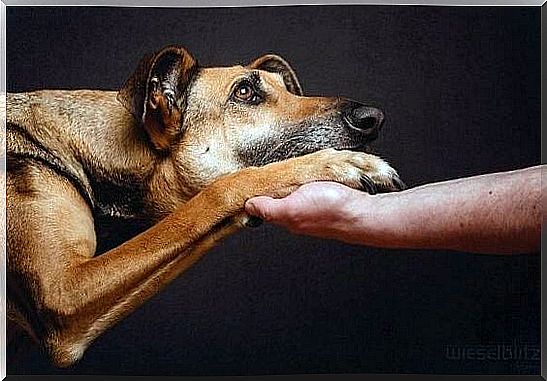
Our neuronal networks and brain chemistry react identically, whether we care for a small child, a sick person, an elderly person, or an animal: our brain produces oxytocin, the hormone of endearment, love, wanting to care for. Dogs and cats, moreover, behave very anthropomorphically (as if they were a human being): we form their social group, or troop, they see us as the alpha male (or female), with which they use the house and hearth, and the sofa, parts that protect them.
Biophilia, our innate and innate love for nature, and for animals
The world blossoms, and comes to life, through the eyes (and ears, and nose, and soles of the feet) of an animal. If we could again – if only for a moment – look at the earth, at its landscapes, with the same eyes, we would perhaps remember impressions, sensations and feelings that were once peculiar to and in us. A non-conceptual, timeless, sensory unity with the forest, the mountains, the water and the air that we have forgotten – in all our bustle, in all our metropolitan and feverish-capitalist hectic.
Our society has become inexorably captivated by the commercial-economic consumption model, and is thus increasingly depleting the earth – including all its fossil raw materials and fuels. While we should hand over and leave this unique yet fragile planet, which we inherited from our ancestors, as intact as possible – with all its delicate beauty and infinitely complex, crucial ecosystems – to our grandchildren. So emphatically not in an almost irreparable state of decay, disruption, pollution, destruction.
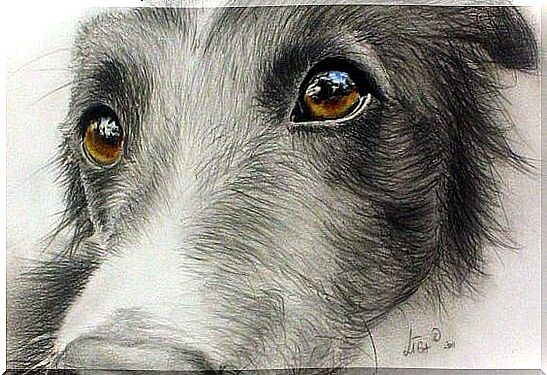
When dogs increased our chances of survival as a species – of humans – (still)
Edward Osborne Wilson is an American bio- and entomologist known for coining the term ‘biophilia’. Literally, in Greek, it means: to love that which lives, and in a broader sense: of nature, of living beings, of everything that grows and blooms. Animal lovers know this experience like no other. According to this scientist, the close affinity with our domestic animals can be traced back to and explained from the earliest stages of evolution and development of our species: Homo sapiens sapiens .
- When we look an animal in the eye, an emotional and even genetically based bond is created – without us realizing it immediately. Since time immemorial, we – as the most intelligent species – have entered into very intimate relationships with certain animals, such as the dog, which in prehistoric times – when survival was still our greatest challenge – played a very important, and almost indispensable role.
- One of Edward Osborne’s hypotheses is that groups of people (such as hunter-gatherers) who managed to tame wild dogs, and thus crossed the wilderness together side by side, had on average better chances of survival than groups of people who failed, or hadn’t come up at all.
The people who were able to capture an animal gently, carefully, patiently domesticate it, and gain its trust based on mutual respect and appreciation, also showed a greater, holistic harmony with Mother Nature, with her cycles, her (secret) breeding ground, and sources. From water, to edible shoots, the elements, the location and routes of game…
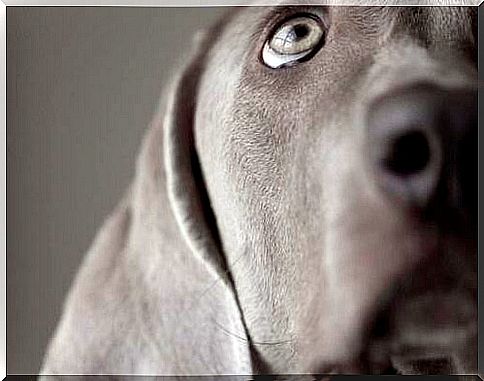
Our dogs today may not be so useful in finding, chasing, and grabbing our food, but for many people the companionship and friendship of their dog (or cat), socially, is just as necessary for their ‘survival’, for the quality of their lives.
They give us their warmth, gratitude, joy and enthusiasm; their unconditional affection and presence, reminding us daily why it is so comforting, so reassuring to look into their eyes. Why it feels so familiar in and in. They don’t need words, because their spontaneous (body) language is much older, much simpler, beautifully ‘primitive’: that of love.
Enjoy their caressing glances, their expressive faces every day. See yourself reflected in their open eyes, and at the same time discover – within yourself – that same innocence, purity and purity, the inexhaustible source of unconditional love.

